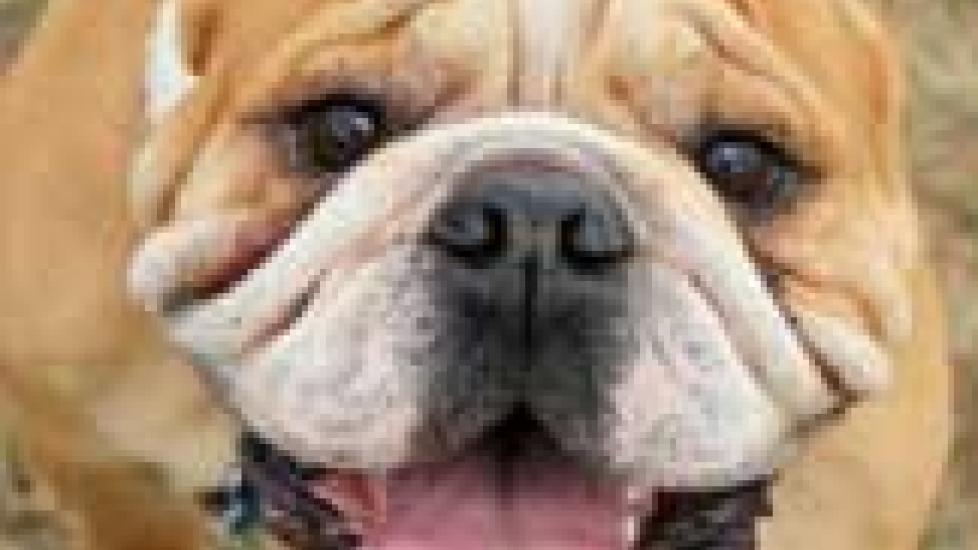Dental Diets That Work for Dogs
Last reviewed on November 25, 2015
Do you brush your dog’s teeth? You should … every day, or at least every other day (less than that is not really helpful). But don’t despair if, like me, you find that all too often "life" gets in the way of this chore. You do have other alternatives that can help.
My dog Apollo is on a very restricted diet to keep his inflammatory bowel disease under control. Therefore, I’ve chosen to use a drinking water additive. I’ve mostly been underwhelmed by its results. With my patients, I’ve had the greatest luck with therapeutic dental diets, but unfortunately that’s a "no go" with Apollo.
One misconception that I often hear from owners is that any dry food will help maintain a dog’s dental health, but research has not borne this out. An excellent, unbiased source of information about which products actually do help prevent the accumulation of plaque (the bacteria-laden scum that collects on teeth) and tartar (mineralized plaque the adheres to teeth) is the Veterinary Oral Health Council (VOHC), an independent group that has set up standards for products that claim to help control dental disease in pets. The research protocols that companies have to follow are posted on the VOHC site.
Periodontal (gum) disease is the most common health disorder affecting dogs. VOHC does a good job explaining why periodontal disease is the almost inevitable result of poor oral hygiene.
The cause of gum disease is the same in cats and dogs as it is in people. Gum disease is an infection resulting from build-up of soft dental plaque on the surfaces of the teeth around the gums. The bacteria in dental plaque irritate the gum tissue if plaque is allowed to accumulate, which often leads to infection in the bone surrounding the teeth. Hard dental tartar (calculus) consists of calcium salts from saliva deposited on plaque. Tartar starts to form within a few days on a tooth surface that is not kept clean, and provides a rough surface that enhances further plaque accumulation. Once it has begun to grow in thickness, tartar is difficult to remove without dental instruments.
Bad breath is the most common effect noted by owners. However, this is often only the tip of the iceberg. The gums become irritated, leading to bleeding and oral pain, and your cat or dog may lose its appetite or drop food from its mouth while eating. The roots may become so severely affected that some teeth become loose and fall out. Bacteria surrounding the roots gain access to the blood stream ("bacteremia"). Studies have shown that dogs with severe periodontal disease have more severe microscopic damage in their kidneys, heart muscle and liver than do dogs with less severe periodontal disease.
Check out the VOHC website for a list of products that have earned their seal of acceptance, and remember that even with the best preventive care, most dogs need veterinary dental cleanings from time to time. I’m going to make Apollo’s appointment this week.

Dr. Jennifer Coates
Image: Annette Shaff / via Shutterstock
